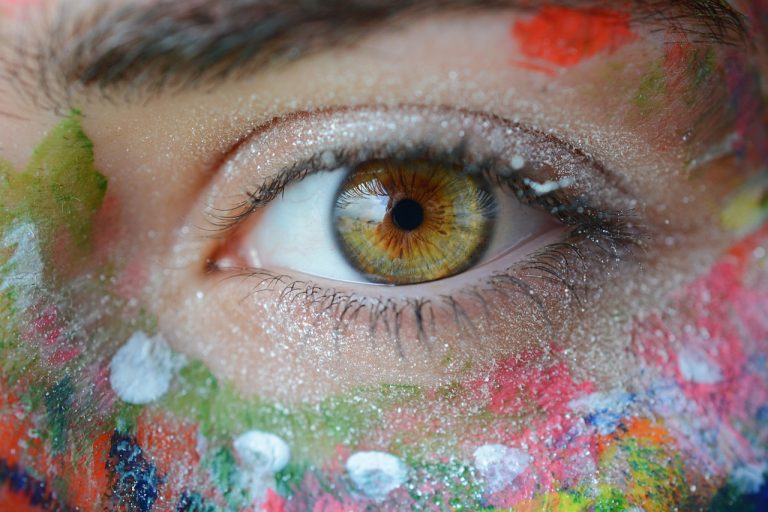Exploring the Truth: A Guide to Uncovering Facts in Information-Dense World
In today’s world, information comes at us from all sides – through social media, TV, newspapers, and more. With so much available information, it can be challenging to discern what is true and what isn’t. That’s why Exploring the Truth is more important than ever. It’s not just about fact-checking but understanding the context, the sources, and the implications of the information we consume daily. Let’s dive into how we can become more adept at seeking out the truth in our everyday lives.
Introduction to Exploring the Truth
Exploring the Truth isn’t just an activity for journalists or researchers; it’s a crucial skill for anyone navigating the modern world. It involves questioning, researching, analyzing, and verifying information before accepting it as true. With the rise of fake news and misinformation, the ability to explore and verify facts has become a critical skill in maintaining not just personal knowledge integrity but also societal stability.
Why Is Exploring the Truth Important?
-
Critical Thinking: Exploring the Truth helps individuals develop critical thinking skills, providing a framework for analyzing arguments, spotting flaws in reasoning, and making better decisions.
-
Informed Decision Making: Accurate information is vital in making decisions about health, finance, education, and voting. Misinformation can lead to poor decisions with potentially serious consequences.
-
Preservation of Democracy: A well-informed public is crucial for a functioning democracy. Misinformation can distort public opinion and influence electoral outcomes, thus harming democratic processes.
How to Explore the Truth Effectively
Check the Sources: Always look at where the information is coming from. Is the source credible? What’s their track record in publishing accurate information? Often, reputable sources are more reliable.
Cross-Verify Facts: Don’t rely on a single source. Check multiple sources to see if the information is consistent across the board.
Understand the Context: Sometimes, facts can be manipulated by taking them out of context. Make sure you understand the background and circumstances surrounding any piece of information.
Look for Evidence: Good journalism and research are backed by solid evidence. Be wary of claims that don’t provide proof or data to support them.
Be Skeptical of Bias: Every source has a bias. Recognize these biases and seek information from various perspectives to get a rounded view of the truth.
FAQs about Exploring the Truth
Q: How can I tell if a news source is reliable?
A: Look for sources with a track record of factual accuracy, journalistic integrity, and editorial standards. Major established news organizations are generally reliable. Also, check if a media watchdog or fact-checking organization has reviewed the source.
Q: What should I do if I find out something I believed was false?
A: Update your understanding and consider why you believed the incorrect information initially. Review the sources that led you astray, and try to find more reliable sources for the future.
Q: Why is there so much misinformation?
A: Misinformation can arise from many sources, including misunderstandings, biased reporting, or deliberate deception. It’s often spread because sensational or controversial falsehoods attract more attention, thus driving web traffic and ad revenue.
Q: How can I help others in Exploring the Truth?
A: Encourage critical thinking and skepticism. Share techniques for verifying information and recommend trustworthy sources. When you encounter misinformation, provide correct details if you can, or guide others on how to find it themselves.
Tools and Resources for Exploring the Truth
Several online tools can aid in your quest to find factual information:
- Fact-checking websites: Platforms like Snopes, FactCheck.org, and PolitiFact are great for verifying political claims, urban legends, and media stories.
- Reverse image search: Tools like Google’s reverse image search can help verify the authenticity of images, which are often taken out of context or manipulated.
Conclusion: The Continuous Journey of Exploring the Truth
Exploring the Truth is a continuous and necessary pursuit. In an era where information—both true and false—is readily available, becoming a discerning reader and thinker is crucial. By employing the strategies discussed, such as checking sources, understanding context, and verifying facts, individuals can protect themselves from misinformation and make better-informed decisions.
In conclusion, we each have a role to play. By committing to Exploring the Truth, we uphold not just our own understanding but contribute to a more informed, rational, and democratic society. Let’s all strive to be truth-seekers in a world overflowing with information.


